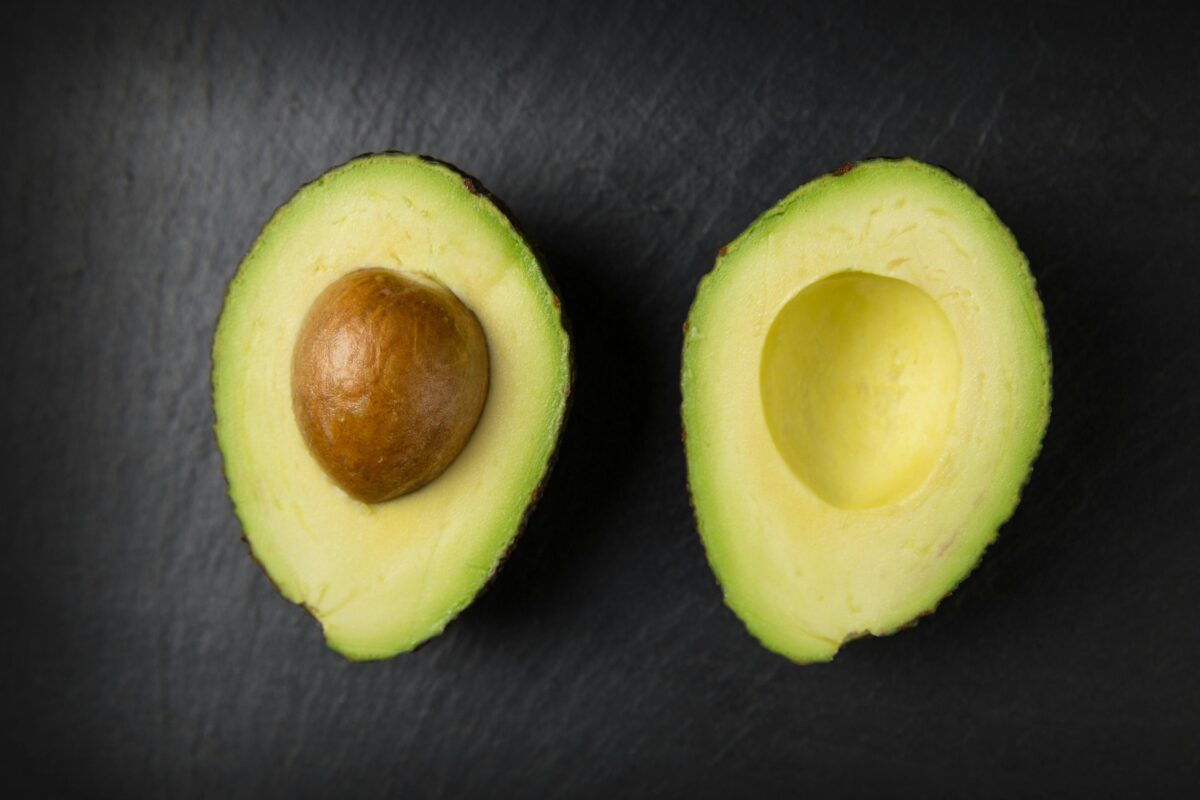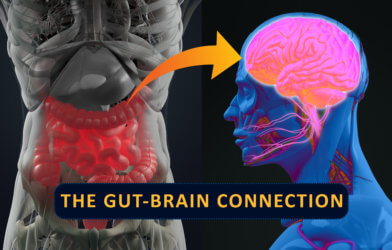Ever wonder why your friend can seemingly eat anything and not gain a pound, while you meticulously count calories and still struggle? The answer might not just be about metabolism or activity levels, but also about the hidden world within your gut. A groundbreaking new study suggests that tiny, methane-producing microbes living in your digestive system could be playing a surprisingly powerful role in how many calories your body actually pulls from the food you eat, especially from healthy, high-fiber meals. This unexpected link could be a game-changer for personalized nutrition, revealing that what works for one person’s diet might not work the same way for another, all thanks to the unique composition of their gut microbiome.
These microscopic inhabitants, collectively known as your gut microbiome, are constantly at work, helping to break down the food you eat. Some individuals harbor a specific type of single-celled organism called “methanogens”. As their name suggests, these unique microbes produce methane gas as a byproduct of their digestion. While they might sound like tiny, gas-producing factories, their presence, or absence, could hold a crucial key to understanding why some people are more efficient at extracting energy from their food than others.
The current understanding of these methane-makers in human metabolism has been a bit murky, with some studies linking them to obesity and others showing conflicting results. This new research dives deep into this controversy, offering a clearer picture. The most provocative finding is this: if your gut is a high methane producer, you might be particularly good at squeezing extra calories out of a high-fiber diet. This doesn’t mean high-fiber diets are bad – in fact, people still absorb fewer calories overall from a high-fiber diet compared to a processed Western diet, regardless of methane production. But it does mean that the amount of calories absorbed from that healthy fiber can vary significantly depending on your methanogen population.
Unlocking the Gut’s Secrets: How the Study Was Done
To get to the bottom of this microbial puzzle, researchers at Arizona State University conducted a meticulously controlled clinical study. They enrolled 17 healthy adults, a group consisting of nine men and eight women. This wasn’t just a simple dietary observation; it was a randomized crossover feeding study, a scientific approach that minimized outside influences by having each participant try both a “Western Diet” and a “Microbiome-enhancer Diet”. Each person served as their own control, providing a more reliable comparison.
The two diets were starkly different. The “Western Diet” (WD) was typical of many modern eating habits: low in fiber and resistant starch, and packed with processed foods. On the other hand, the “Microbiome-enhancer Diet” (MBD) was designed to fuel the gut microbes with plenty of fiber and resistant starch from whole, unprocessed foods. Each participant followed each diet for 11 days, spending part of that time in a special “whole room calorimeter”. This high-tech room allowed scientists to continuously measure their methane production, alongside their energy intake and output, providing an incredibly precise look at how food was being processed and how many calories were being absorbed.
Beyond measuring methane, the researchers also collected fecal and blood samples to analyze “short-chain fatty acids” (SCFAs). These are beneficial compounds produced when gut bacteria break down fiber. They also quantified the abundance of specific genes that act as markers for different types of hydrogen-consuming microorganisms, including methanogens. This comprehensive approach allowed them to see not just what was happening, but potentially why. Participants were neatly divided into “high methane producers” (those producing more than 37 mL of methane per day) and “low methane producers” (those producing less).
The Surprising Link: Methane and Calorie Absorption
The study’s results painted a fascinating picture of the gut’s influence on energy absorption. First, not everyone had methanogens in their gut. These methane-making microbes were detected in roughly half of the participants – 9 out of 17 across both diets, plus one additional participant only when on the Microbiome-enhancer Diet. In contrast, other important hydrogen-consuming bacteria were present in all participants. This indicates that methanogens are a key differentiator among individuals.
One of the most striking findings was the connection between methane production and calorie absorption. The researchers discovered that high methane producers consistently absorbed more “metabolizable energy” (ME) when they were on the high-fiber diet. What does “metabolizable energy” mean for you? It’s essentially the total energy your body takes in from food minus the energy it loses through waste. In simpler terms, if you’re a high methane producer, your gut microbes might be doing an extra efficient job of extracting usable energy from fiber that would otherwise pass through undigested.
Furthermore, high methane producers showed higher levels of a specific short-chain fatty acid called propionate in their blood. SCFAs like propionate are important because our bodies can absorb and use them for energy. This observation points to the possibility that methanogens, by influencing the gut environment, might be indirectly boosting the production and absorption of these energy-rich compounds.
Interestingly, the study found no evidence that methanogens were directly competing with other hydrogen-consuming microbes for resources. This goes against some previous hypotheses. Instead, it appears methanogens form a collaborative relationship with other fiber-degrading bacteria, creating a process that helps to extract even more energy from complex plant fibers. This highlights the intricate web of interactions within our gut microbiome, where different microbes work together to unlock nutrients from our food.
The Personalized Plate: A Future Shaped by Our Inner World
This research offers a compelling glimpse into the future of personalized nutrition. It underscores a powerful truth: our individual responses to diet are not just about what we eat, but also about who is eating alongside us in our gut. The presence and activity of these methane-producing microbes could explain why the same healthy diet can lead to different outcomes for different people. While more research is needed, especially in diverse populations and those with health conditions like obesity or diabetes, this study provides a crucial foundation for understanding how our unique microbiomes influence our energy balance. It suggests that a one-size-fits-all approach to diet might soon be a thing of the past, paving the way for dietary recommendations tailored to our very own internal ecosystems.
Paper Summary
Methodology
The study was a randomized crossover feeding study with 17 healthy adults (9 men, 8 women). Participants followed two 11-day diets: a low-fiber Western Diet (WD) and a high-fiber Microbiome-enhancer Diet (MBD), with a washout period between. Methane production and metabolizable energy (ME) were measured in a whole room calorimeter. Researchers also analyzed fecal and blood short-chain fatty acids (SCFAs) and quantified specific gut microbial genes. Participants were categorized as high or low methane producers based on daily methane output.
Results
Methanogens were detected in about half the participants (9 of 17, plus one only on MBD). High methane producers had greater serum propionate levels. Critically, high methane producers demonstrated higher metabolizable energy (ME) when consuming the high-fiber diet. Network analysis suggested a collaborative relationship between methane production and fiber-degrading bacteria, enhancing energy extraction, with no evidence of competition among hydrogen-consuming microbes.
Limitations
The study was exploratory and conducted on relatively healthy participants, meaning results might not fully apply to other populations like those with obesity or diabetes. The sample size of 17 participants is also a consideration for broader generalizations.
Funding and Disclosures
Funding for this project was provided by the National Institute of Diabetes and Digestive and Kidney Diseases of the National Institutes of Health. The clinical study was approved by the AdventHealth Institutional Review Board and conducted at the AdventHealth Translational Research Institute. RNA sequencing was supported by grants from the Gastrointestinal Biology and Disease and UNC Nutrition Obesity Research Center. The article is Open Access under a Creative Commons Attribution License.
Publication Information
The study, titled “Methanogenesis associated with altered microbial production of short-chain fatty acids and human-host metabolizable energy,” was authored by Blake Dirks et al. It was published in The ISME Journal, 2025, 19(1), wraf103. It received advance access publication on May 22, 2025, with a DOI of https://doi.org/10.1093/ismejo/wraf103.












